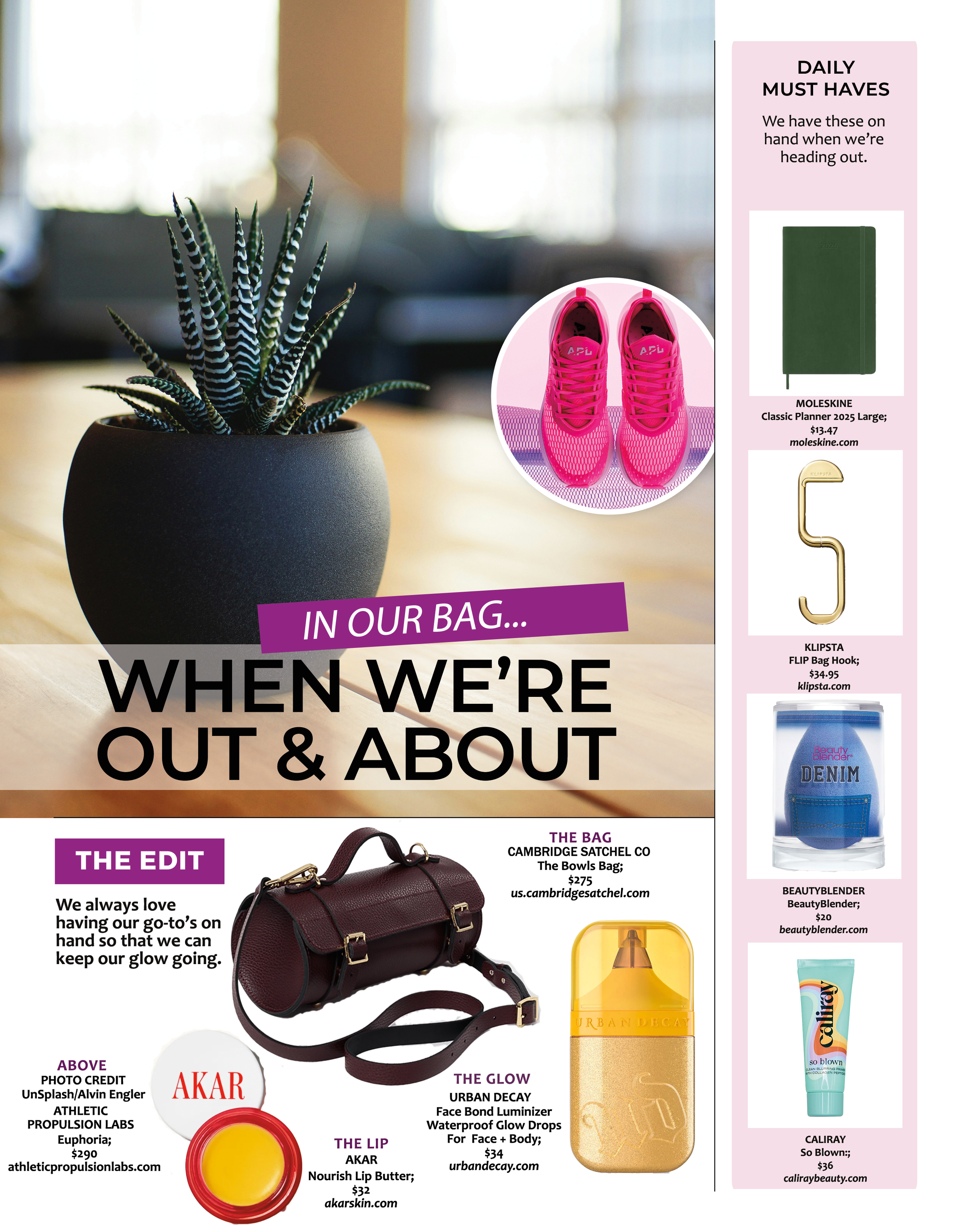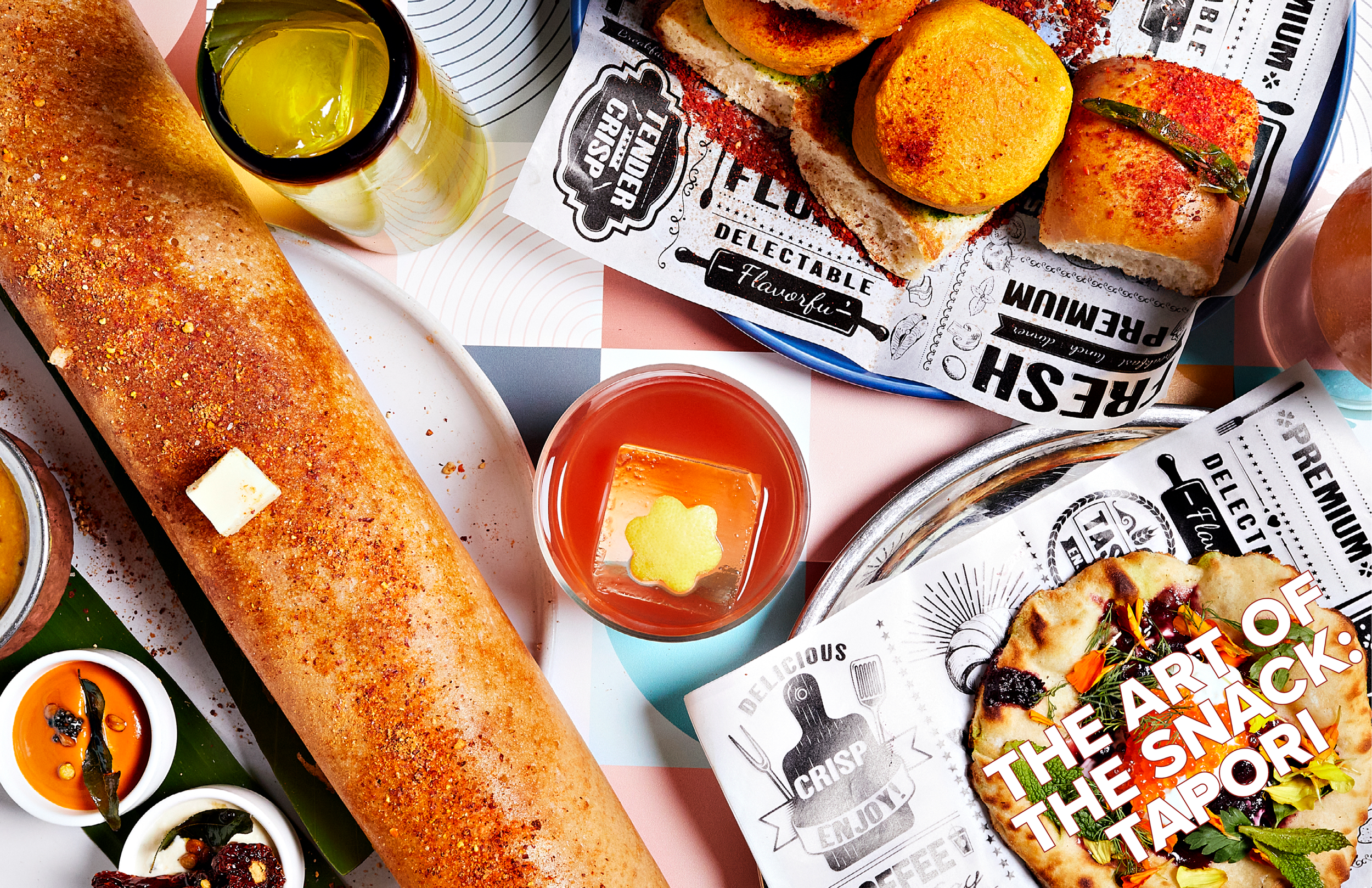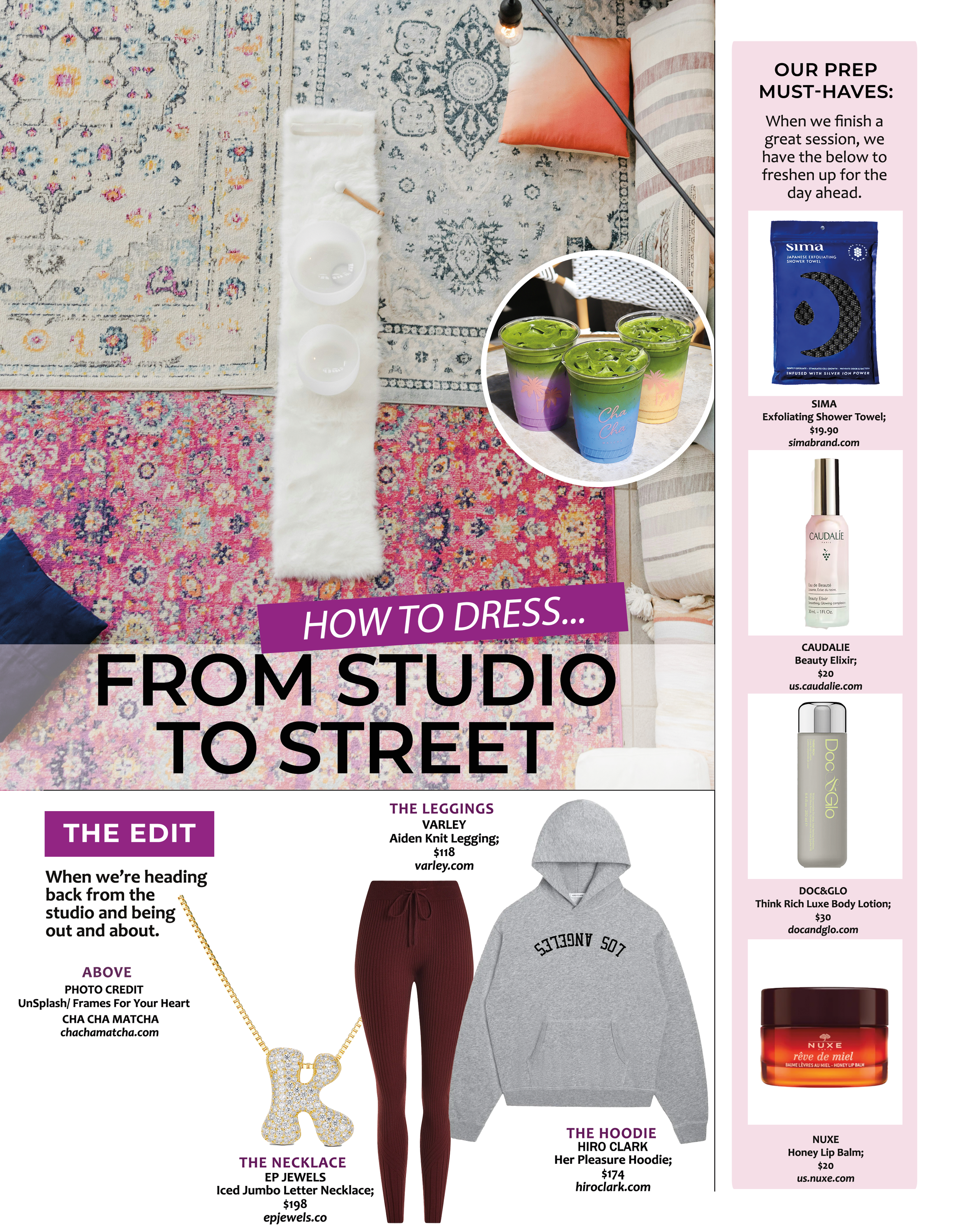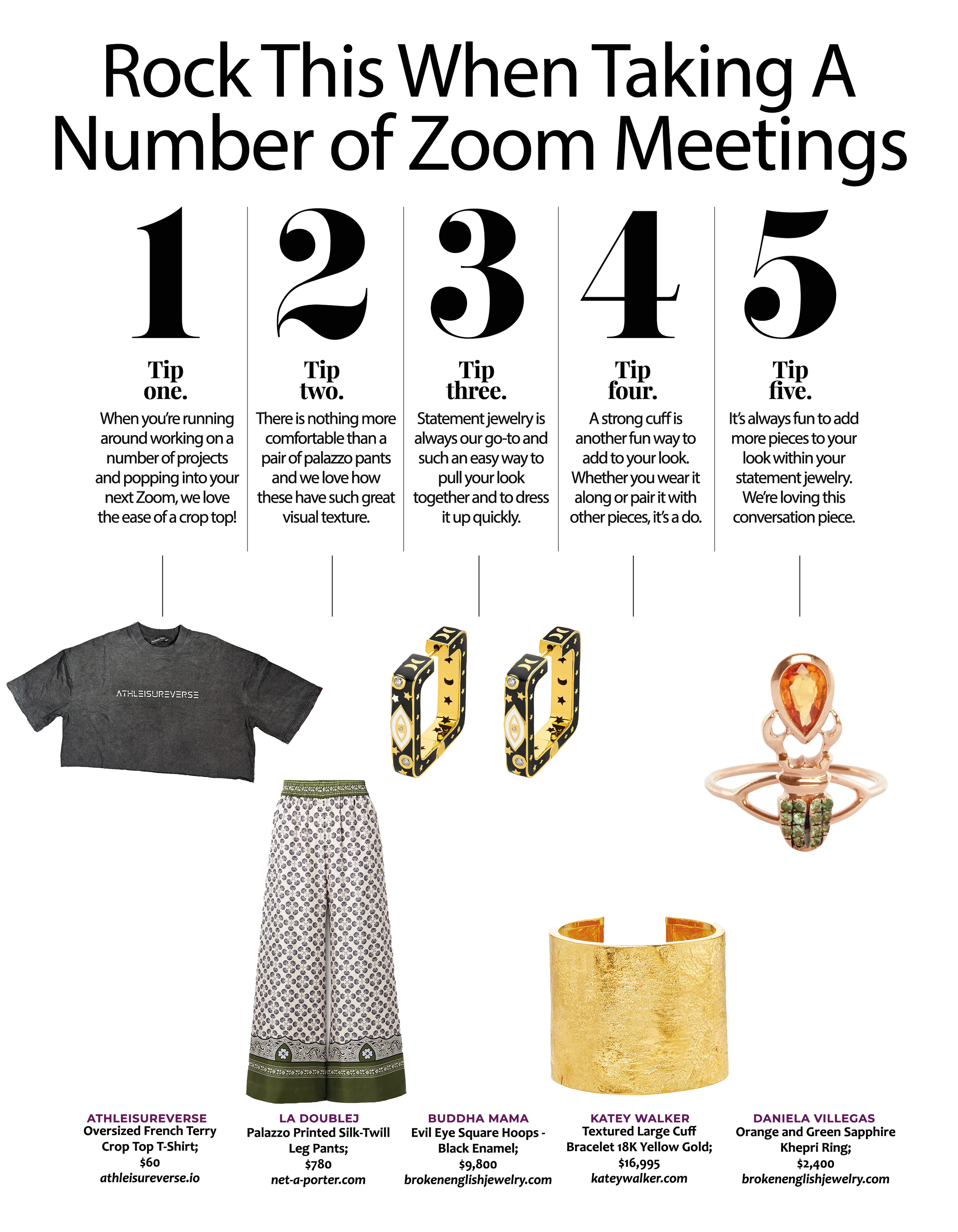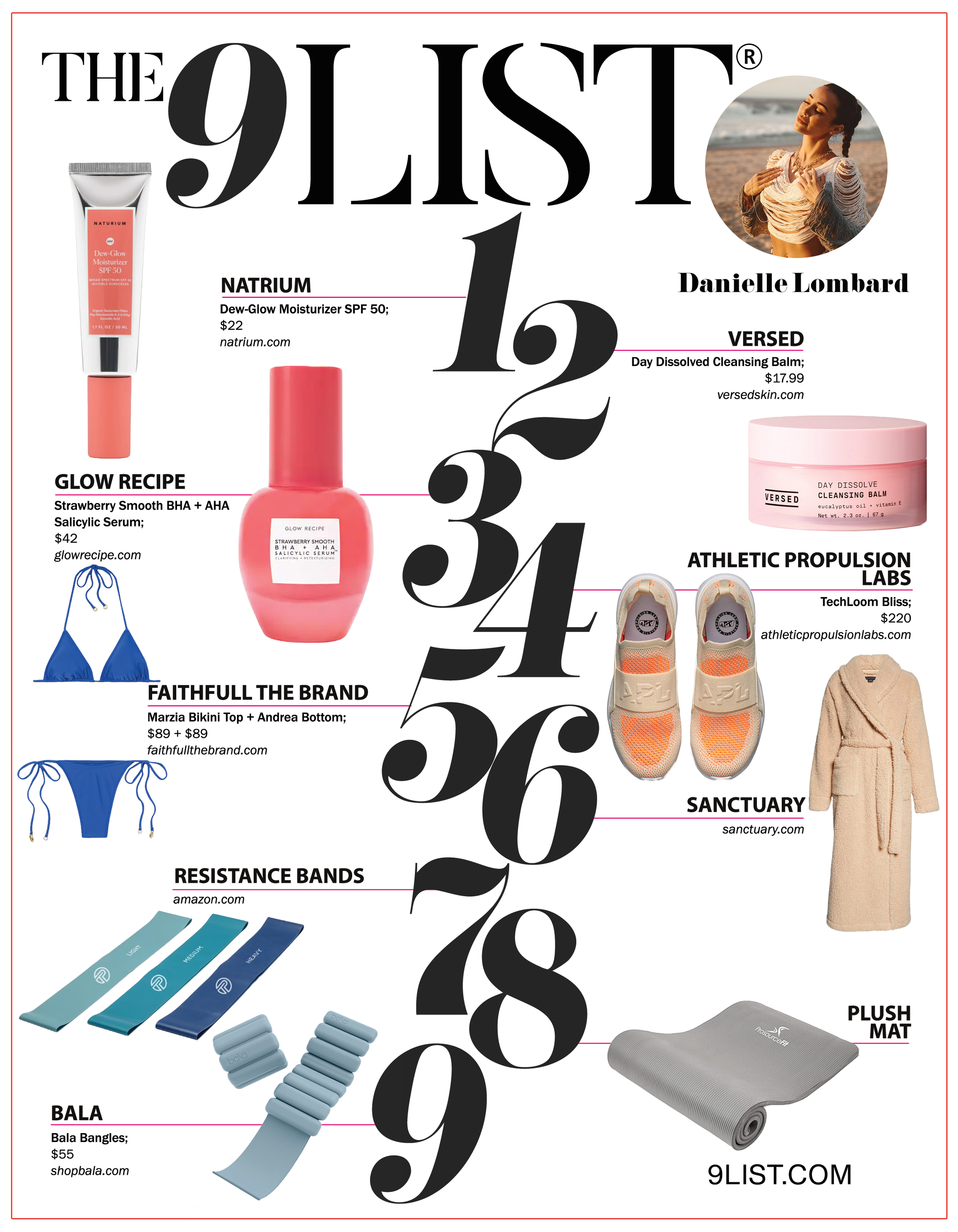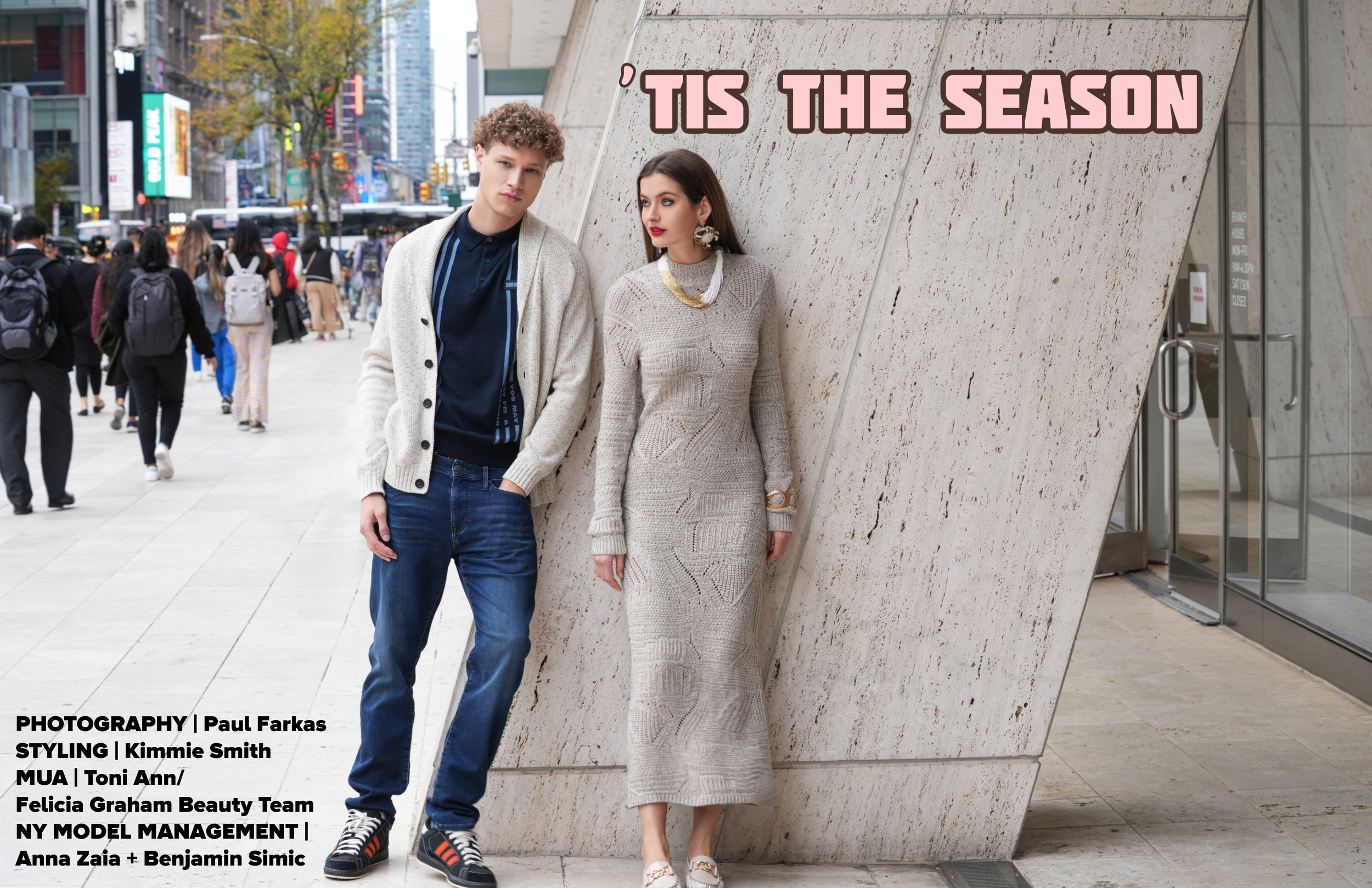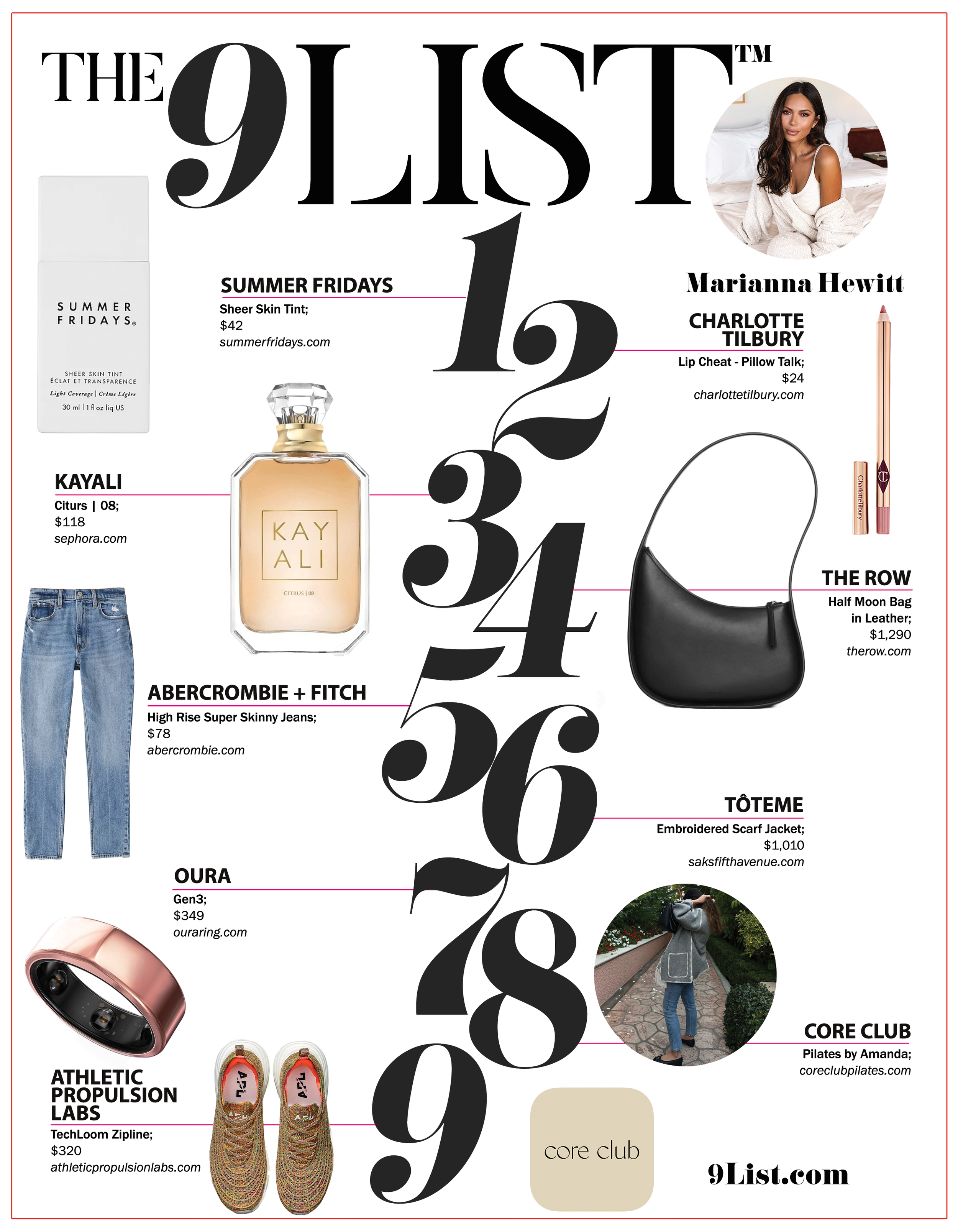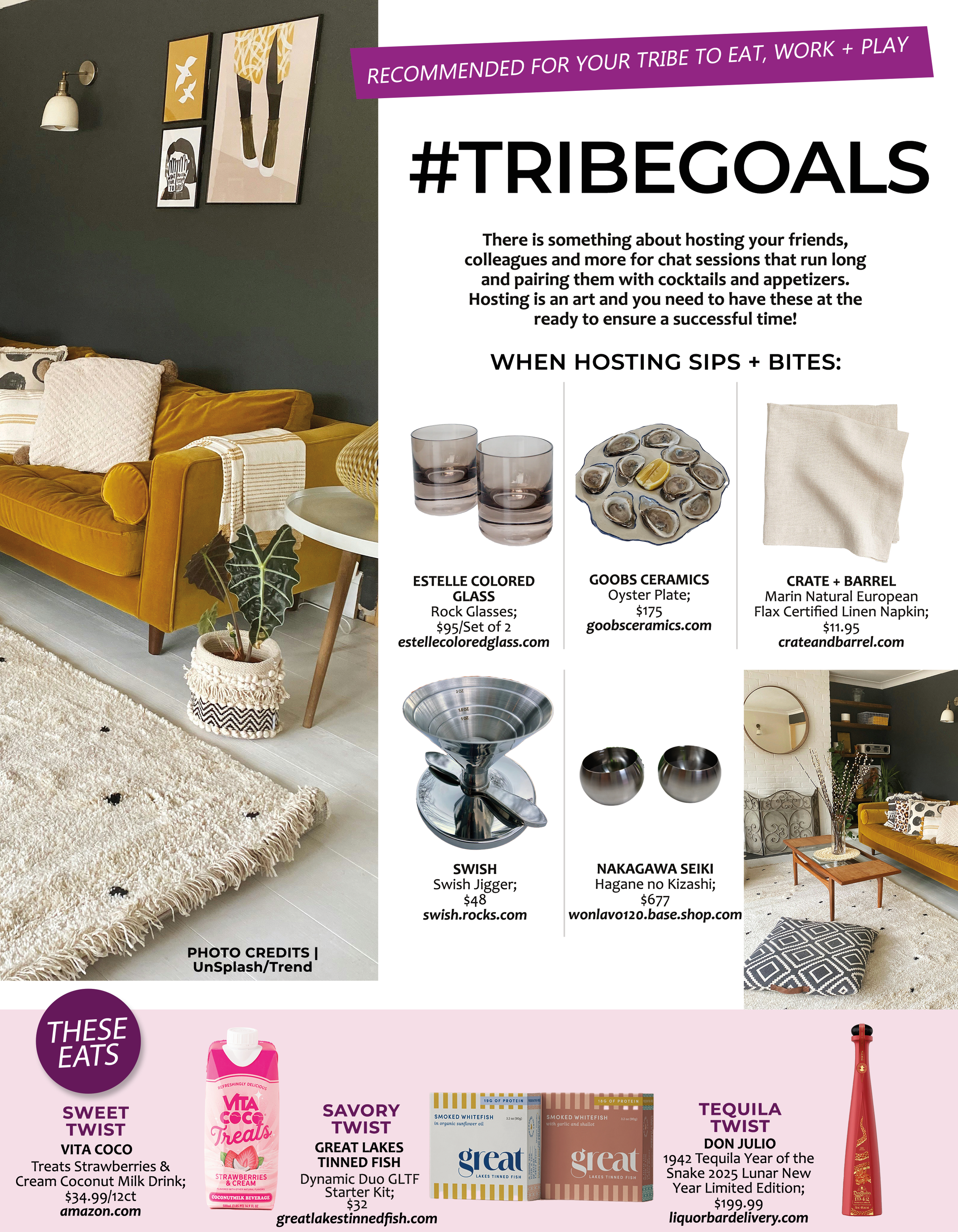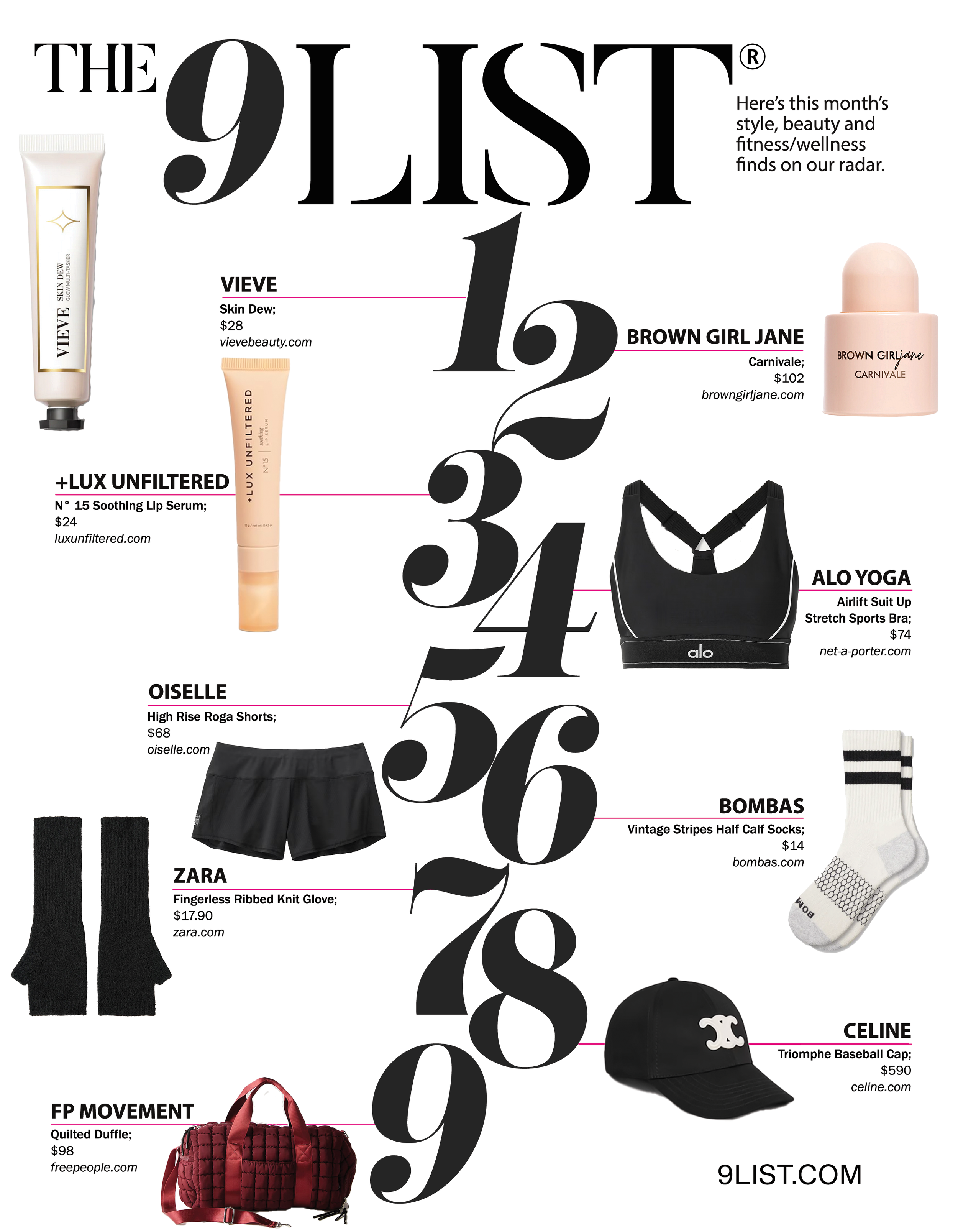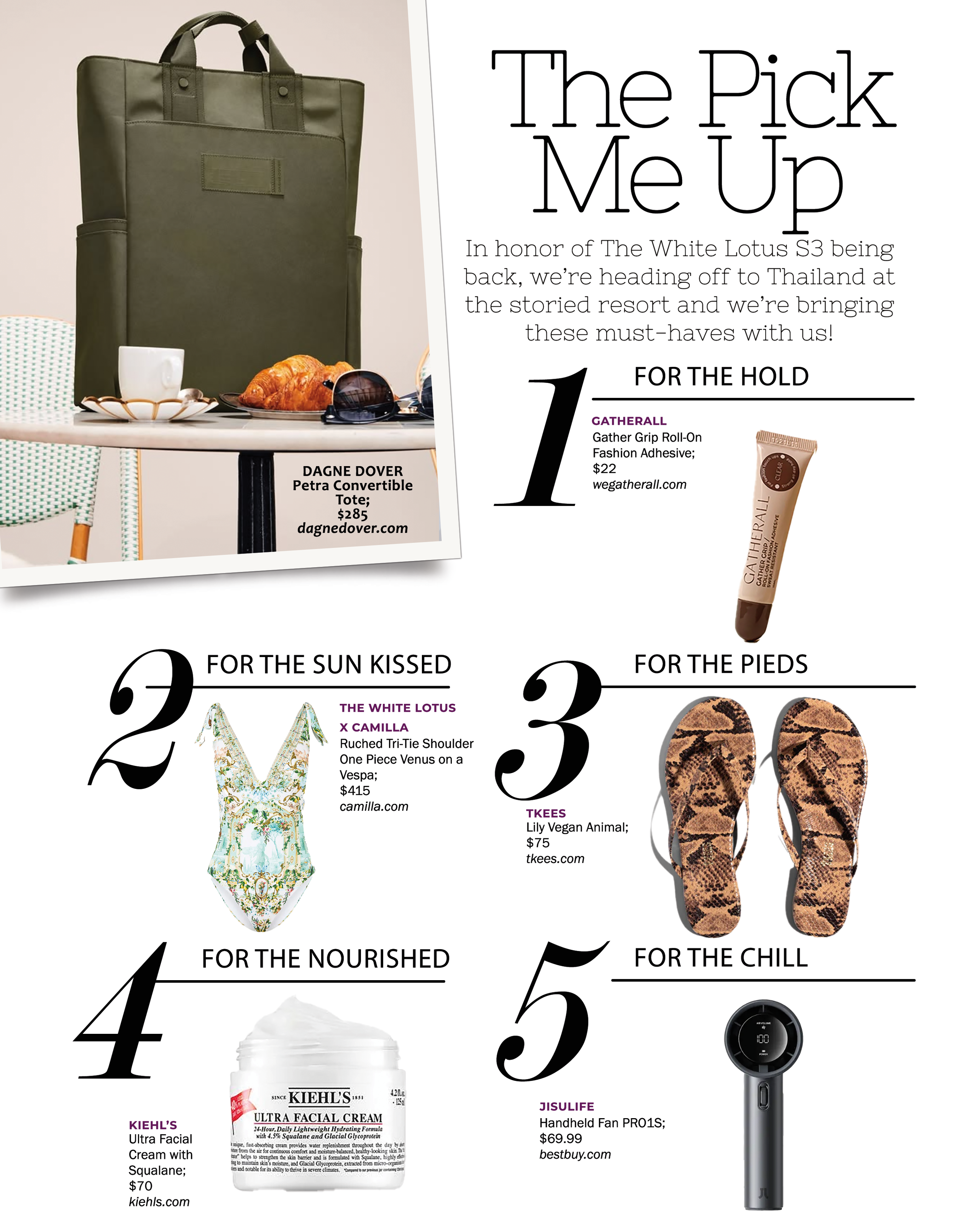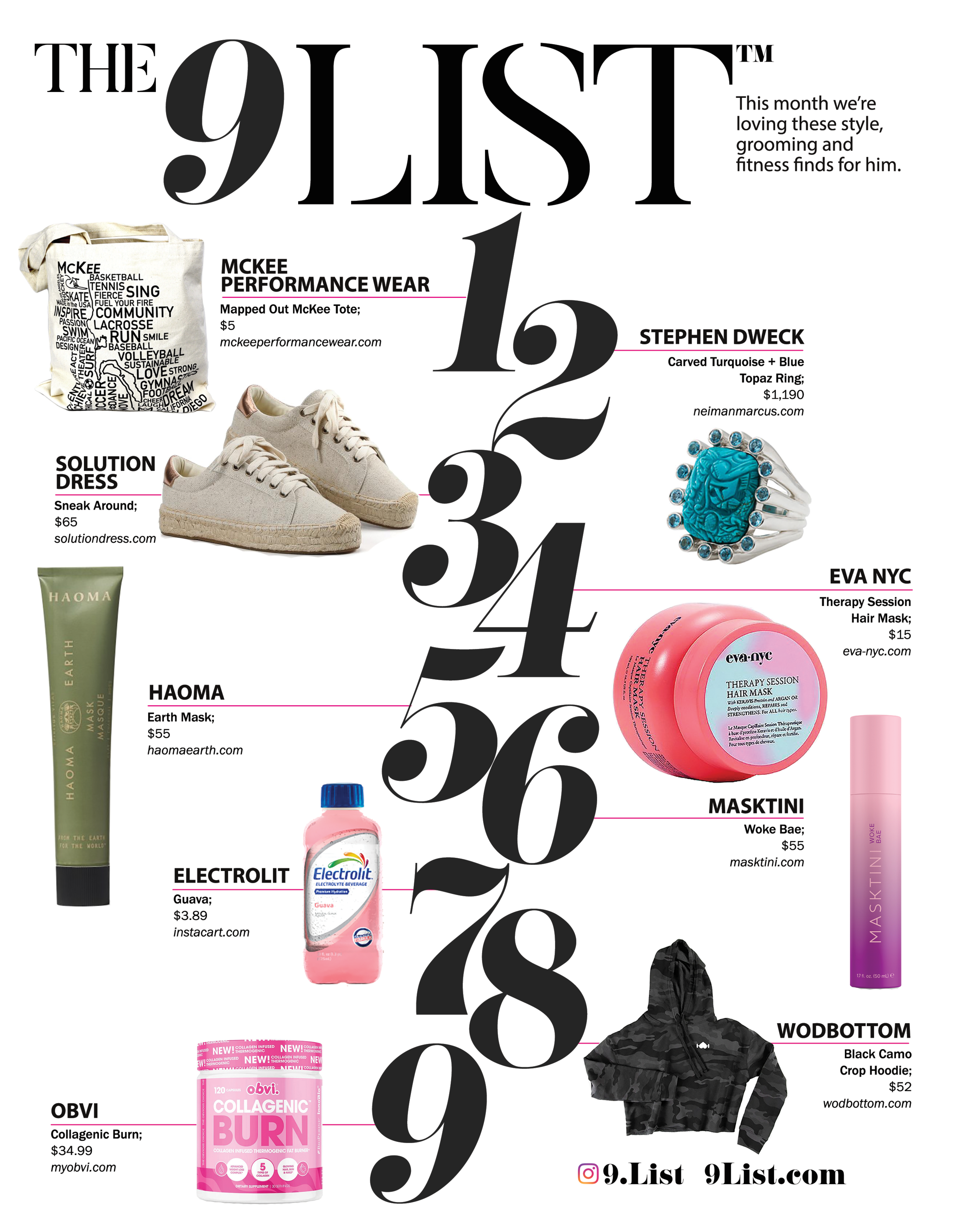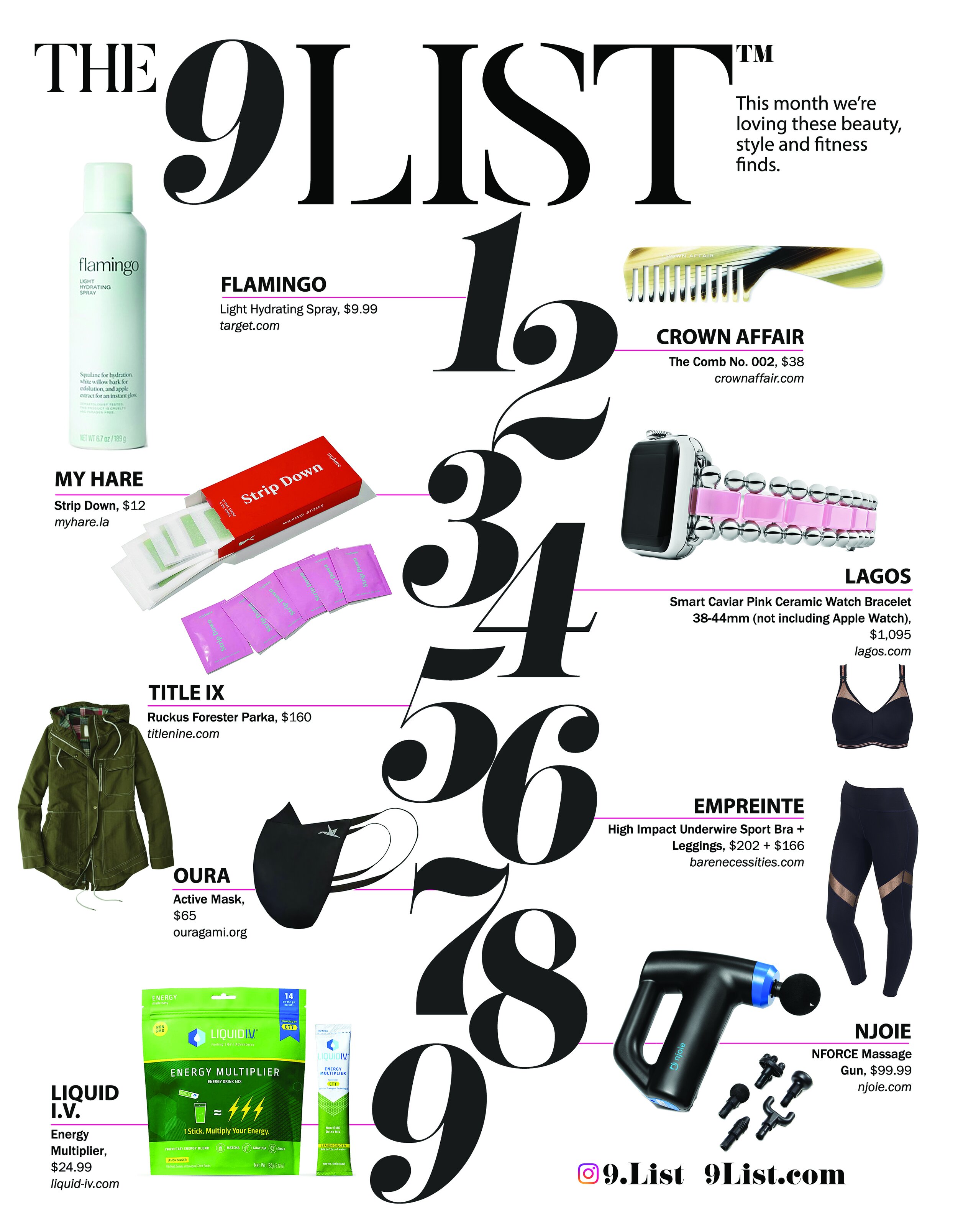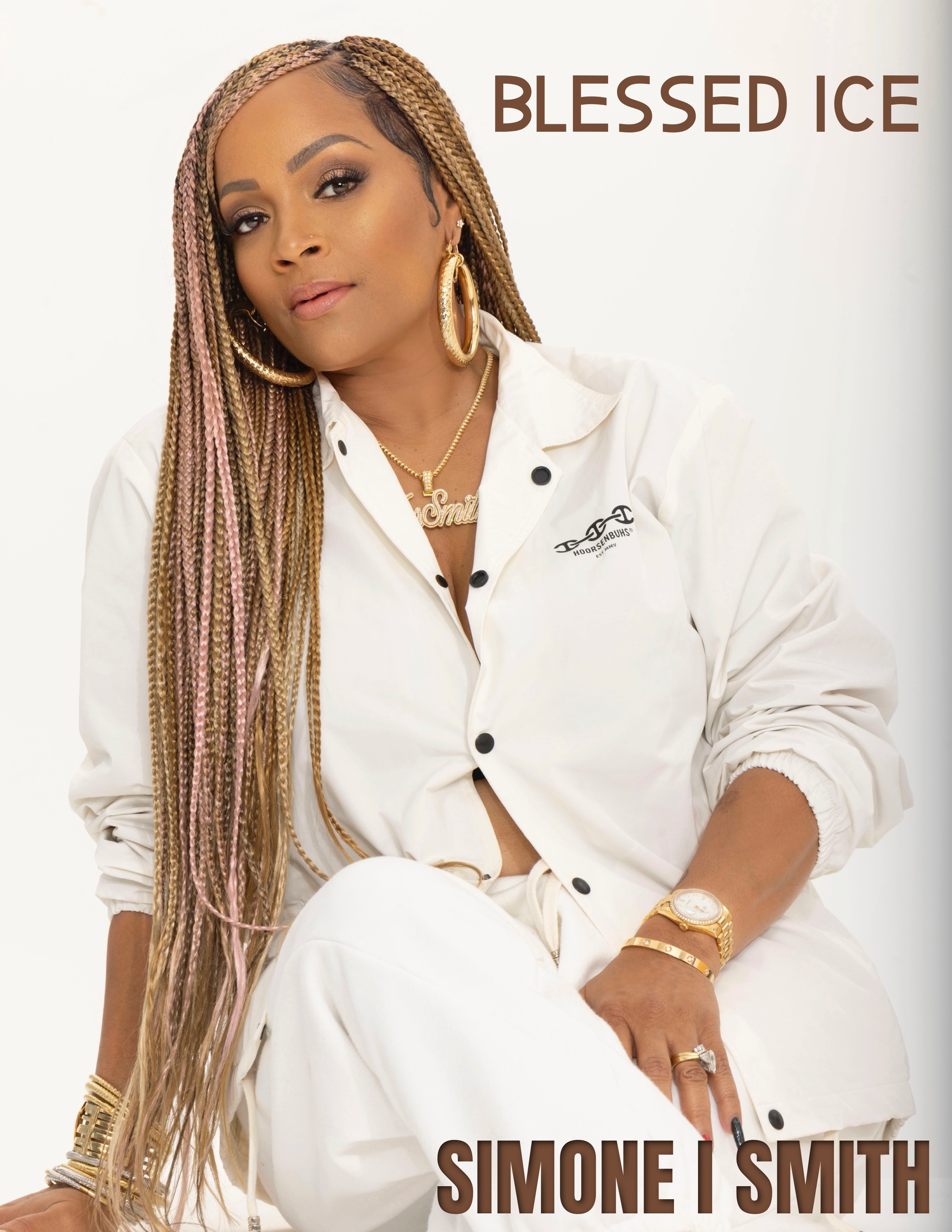AM: That’s amazing.
CHEF FA: But the vessel is seafood. The seafood tells our story in terms of sustainability. It’s what keeps me up at night.
So when I was designing the menu and we were creating these dishes, we need to use as much of the ingredient as possible. I want very little waste. So the thing about restaurants is that we are one of the highest contributors of the Climate Crisis because we produce so much food waste and that ends up in landfills and I’m like how can we avoid all the waste that we produce here ending up in landfills? So it’s about using as much of the ingredient as possible.
So we are getting really creative so I have something called Ash Oil. So I was like, can we do anything with all of these scraps with the skins of scallions, onion skins, scallion tops that we throw away, garlic, and all of that stuff. Things that you would throw away and I thought that there has to be flavor in here! So we just put it in the Hearth oven which goes up to 800° and it gives it a nice char and then I blended it into a salt and then I mix that with oil so it has this super...
AM: Smoky
CHEF FA: Yes smoky flavor! So I was like, hold on this is edible and it gives this whole other dimension to dishes. So I was like, alright cool lets get really creative like that. Let’s use parts of ingredients that normally get thrown away. So that was Step 1.
Step 2 was how do I make sure that – obviously you can’t use 100% of everything.
AM: Right.
CHEF FA: How do I make sure that this doesn’t end up in landfills? So I did some research and found 2 different organizations one is called Afterlife. They come and pick up our compost every day. They grow mushrooms with our compost.
AM: Oh wow!
CHEF FA: I built a dish around these mushrooms so it’s like a full 360 moment. But then, the most important thing is that after they are done growing these mushrooms they take the substrate which is the compost and they turn it into soil and they create something called Biochar. So Biochar is soil, but it has the ability to sink carbon for a 1,000 years.
AM: Wow so they are a Circular Farm.
CHEF FA: Right, so I was like hold on, this is really fly! So all of our compost goes to them. I work with them a lot and they are doing a lot of really amazing things.
AM: And they are based here in the city?
CHEF FA: Yeah! They do all of that and they make Biochar by using our compost and then they donate the Biochar to farmers and it helps them increase their yield. So farmers are getting better yield while making sure that we’re not increasing the output of Carbon Dioxide to the air. They also donate it to parks and it goes to Governors Island. So they do all of these wonderful things with our compost.
AM: Wow!
CHEF FA: And then the second company, they’re called Billion Oyster Project.
AM: That’s the host of the dinner we’re going to on Thursday at Governors Island (Editor’s Note: You can read the story about this dinner from Outstanding in the Field in this issue).
CHEF FA: No way!
AM: Yeah Le Jardinier is the culinary portion and we’re very excited.
CHEF FA: Ok, that makes sense!
They are my second partner. So what they do is they collect oysters from restaurants and they are basically reconstituting the oyster population in the Hudson and all of the rivers here. What that does is it gives us a good filtration system. So they take our oysters because I’m like, let’s not get lazy with it. Technically, you could throw everything into a compost, but I’m like are there things that we can separate within the compost that makes better use? So since we have been open, Billion Oyster Project has been in the loop.
That is the most important thing to me. We can get all of the best accolades in the world. But the thing is, If you are contributing to a worse planet, what are you really doing?
AM: We have to do something and to keep researching for new innovations.
CHEF FA: Exactly!
AM: Wow!
CHEF FA: I like talking about it because for example, Afterlife they have 20 restaurants that they have partnered with in NYC. Do you know how many restaurants there are in NYC? That’s wild that there are only 20 restaurants that participate!
I eventually want to end up in policy. I do work with Save the Children. I do a lot of advocacy work and I eventually want to end up there. But for now, if you can implement the stuff while you’re on the ground, that’s a great place to start.
AM: I can see you doing Food Advocacy work as Tom Colicchio and Todd English, both of them are doing what they can and making their voices heard.
CHEF FA: It’s important! Listen, I am a mushroom fiend! They are very tasty.
AM: In looking at the menu, the flow of it is really great! What are 3 dishes from your Raw & Cured that you would suggest for those coming in?
CHEF FA: Raw & Cured, so I am a little biased with my Tuna Tartare.
AM: I love a Tuna Tartare moment.
CHEF FA: It’s so good! Tuna Tartare is a must. Hamachi has been there since we have opened. It’s a ceviche that I use called the Black Ceviche which is non-traditional and I use the Ashe Oil in there. It’s very acidic, but that Ash Oil gives it that other dimension of what I was talking about when I was saying smoky. That’s not very traditional for a ceviche. I can never get rid of that. It will be on the menu forever. There are just some things – I mean we are a seasonal menu, but there are just some things that’s just like, there will be an uproar if we take that off the menu.
AM: People will be like, wait, is it even a restaurant if I can’t get this here? Forks raised in the air – where is it?
CHEF FA: For real – picketing! The Hamachi Ceviche and there is a dish called the Swediopian. So it is something that we have had since the beginning. Swediopian is our play on words where it’s Swedish and Ethiopian. So way before this restaurant opened, Marcus and I did an event for Pepsi and it was around the Super Bowl and he wanted a dish that represented both his Ethiopian and Swedish roots and he said to play around with the cured salmon. So I cured it using Swedish techniques, but then I used berbere which is an Ethiopian spice so it’s a twice cured salmon.
AM: Oh wow so it’s punchy.
CHEF FA: Yeah very actually. You guys need to come in and eat. Seriously.
AM: Oh we will, we want to be able to try that.
CHEF FA: So those three from the Raw & Cured are great!
AM: What are 3 Small Plates that you suggest that we should enjoy?
CHEF FA: Small Plates, we do a beautiful Scallop here.
AM: I love a Scallop.
CHEF FA: Yes, we have our Fall Menu coming in 3 weeks and so the format will change again.
Yes and the Salad is a big hit too! We always bring that in every Summer. I have this formula that I use. For this particular Salad I do a purée and it’s about what ingredient is at its best during the season? So for the Summer Salad, I do a corn purée then Heirloom tomatoes because you know and then I do a compressed watermelon.
AM: Wow!
CHEF FA: What could be more Summer than that? So I always say get the Summer Salad and the Scallops – those are my 2 favorites.
AM: What is Happy Hour like here?
CHEF FA: Happy Hour is from 5-7pm. We have a separate menu that we do and our General Manager Tia, a woman of color whose Jamaican, she’s a Somm and she does the Beverage Program here.
AM: Wow!
CHEF FA: So she wears many hats! So she makes awesome cocktails. We work in tandem and she takes ingredients from the kitchen that we are processed and done with and instead of throwing it away and making waste, she makes cocktails with it.
AM: Oh that’s smart and the sustainability continues.
So that means some of your cocktails are even a bit savory as well?
CHEF FA: Yup the Hav & Martini – so I make pickled red onions that I use as a garnish and I put beets in it to make that beautiful pink color. So when we're done pickling it, we used to toss out the juice. But she uses it in her Hav & Martini.
AM: I like that!
CHEF FA: Yeah it’s this beautiful pink hued beverage. She has this really beautiful way of explaining it because I don’t drink alcohol and I’m Muslim and I have never been in that world.
The way that she explains it she’s like this cocktail uses onions and this is why. I’m like, girl I don’t know, but it sounds good!
AM: It’s smart because there are a lot of studios in this area -
CHEF FA: Art studios.
AM: So you’re open for dinner every night. Do you ever foresee a lunch service? What was the decision behind this?
CHEF FA: So one thing that I love patting myself on the back for is because when you start getting to this whole thing – James Beard, Michelin, and all of that stuff – people equate how difficult it is to get into a restaurant with how successful that restaurant is. I always tell people – it’s not a competition, but when you look at and line up all of the restaurants, I have 140 seats. We are open 7 days a week and a lot of these restaurants are not open 7 days a week. They’re not and in this post COVID climate, it’s very challenging to have enough staff to be open and operating 7 days a week and that’s a really huge deal.
AM: Yup!
CHEF FA: And most of the restaurants, I mean this is a very big operation in terms of seats.
AM: When I walked in, I thought, they’re not playing.
CHEF FA: Yeah so 140 seats, 7 days a week. I’m like, you guys don’t understand – like when you guys are like who is the best chef? Look at the operation also, you know what I mean? I could run a 12 seat restaurant that’s open 4 days a week. I could run that very easily. So it already is doing the most because we are open 7 days a week in this restaurant. But Marcus does have pipe dreams of being open for lunch and I’m like, “Chef, where are these people? Where is the staff that I’m supposed to find?” I would say that that is the biggest challenge of being open for more service – it’s just not the same. The pool of people to hire is not the same at all.
AM: So speaking to that, what is an average day like?
CHEF FA: So the operating hours is that we are open from 5-10pm.
So there are 2 shifts. The AM team gets here at 8am. They are here from 8-4pm. They prep the food that all the guests are going to eat. So our rule is, “today’s food, for today’s guests.” So everything is made fresh inhouse every day. There is no rolling over. I have a Sous Chef, I have a Pastry Chef, 2 Prep Cooks, and a Dishwasher.
AM: Wow.
CHEF FA: So that’s who’s here from 8 – 4pm.
Then at 3pm, my line team gets here. So they are the ones that cook the food. So there is an hour overlap between the 2 of them. But they will be here from 3 – 11pm. So there is the prep team and the service team.
AM: Oh wow.
CHEF FA: I have to kind of be here for both.
So I get here between 12-2 and then I stay here until the last table leaves.
AM: So on your admin day, is that when you are touching base with the group?
CHEF FA: So with the group, we have weekly meetings every Wed. So we have our meetings with our Director of Operations. The only reason why she is here today is because our General Manager is in Chicago. But we have a meeting with her, our CEO, and our CFO every Wed. about our P&L. So I have to know every single penny that comes into this building and every single penny that leaves this building. So I always give them a presentation every single Wed. This is where we’re at, this is the goal, this is what my food cost is, this is what my labor cost is, and this is our bottom line. It’s every Wed. and I have to be prepared to talk about our numbers in and out.
But when I say admin stuff, it’s like every Mon. we do payroll. Bit every day, I process invoices. So there is always something. Or there is scheduling I do that every week.
AM: You are a woman of many hats.
CHEF FA: It never ends.
AM: So obviously we were talking about the Met Gala earlier during your shoot. You looked phenomenal on the red carpet. What did it mean to you to be part of that event in addition to obviously doing the menu itself? Just being in that apex of fashion.
CHEF FA: So in the moment, I obviously didn’t grasp how big it was!
Somehow in the end it looks like I’m a fashion forward person ...
That was important for me 1 – it was kind of my debut. We had done so many shoots with Vogue and a lot of stuff and it was like, Chef Fariyal, Chef Fariyal. I was always cooking behind the scenes and now it was like, people know me as a chef now. It was cool and that’s what kind of catapulted the whole TV and media. Because that is when I got a call from the President of Food Network. They were like, hold on, who are you and why are you not on TV? I was like what do you mean because I’m a Chef? What do you mean TV? But that is what catapulted it all. It was that Met Gala, that red carpet.
AM: You were on a lot of the main pages of a number of international editions of Vogue as well as the one here. It was like Lady Gaga what? I remember thinking wow and she’s a Chef on that red carpet – wow. It’s like that’s huge because I thought that she would be in the kitchen.
CHEF FA: I thought that I was going to cook, but no!
AM: What does it mean to your brand because you are doing Chopped as a judge or you’re on Alex vs. America as a judge, or you’re on your Roku show, Celebrity Family Food Battle, and you have done different kinds of things. What does that mean to you when you look at that particular component. Because it feels like being a Chef now – although you don’t have to do this – it has become elevated where you have to have these other touch points that includes TV.
CHEF FA: So it kind of goes hand-in-hand. One of the reasons that the restaurant has been successful is that obviously we’re blessed to have Marcus and his brand behind it and now it’s 50/50. Just as many people walk into the building to meet me as they do asking for Marcus and it’s because I do so many things and when they introduce me on TV they say, that is the Executive Chef from Hav & Mar. So it really helps and my brand is very closely tied to Hav & Mar. So we keep those butts in these seats.
AM: You’re rocking those 7 nights!
CHEF FA: Yeah!
AM: And being a finalist for James Beard. What does that mean to you?
CHEF FA: Oh my gosh, that was never – to me, it was one of those things like James Beard wasn’t even a North Star for me. It wasn’t something that I thought would ever be in my world or something that I could even attain. Then when I moved to Hav & Mar and we opened this restaurant, Marcus asked me what some of my goals were.
I was like, James Beard and he said, “oh, ok.” I was like, “what you mean?”
AM: And he was like what part did you not get? The O or the K?
CHEF FA: I want to be nominated for a James Beard. The other thing was Food & Wine Best Chef. I wanted to be in that category too. And he made me write a list and he said that these were all things that we could work towards. I didn’t think that it would come so fast within my first year of opening the restaurant.
So when I got my nomination for James Beard, I was on set at Chopped and the list came out. It was like right between takes and my phone because I always have it under my leg, it was going off. I was like is the restaurant on fire? What is going on? So I kind of snuck a look and I was like what? James Beard – whatever. And then in between, I read the first text and it was like, congratulations you are a nominated and I was like, what are they talking about? So I was with my co-judges and I was like, Tiffany, I just got nominated for a James Beard and everyone was like what that’s so cool! Then it was like, “and action!”
So literally this is happening in between takes and obviously everyone on set knew how big of a deal this was and what made it really special was that at some point, somebody went out and got flowers and a card. They made the entire team come out on set – every single person that works on Chopped came to give me flowers.
They announced it and said Chef Fariyal is a James Beard nominated Chef! It was very emotional.
AM: That is very cool!
CHEF FA: It was really emotional and how cool is that moment? I’m on the set of Chopped, we’re their celebrating a James Beard nomination and then of course, everyone was like wow just to be nominated is really important and a lot of people don’t even make it to the finals. The people were making sure that I didn’t get my hopes up. But sure enough, I made that shortlist too! It was like what? This is insane. So now, we’re really pulling up. We’re pulling up to the James Beard Awards – this is amazing. I thought that up until that moment that it was just the nomination that mattered to me.
But then, I am in the first category. I sat down, there was a quick presentation. First award of the night is the Emerging Chef Category. I had this super powerful and emotional speech written. I had envisioned it, I was going to go up there and Marcus had given me a pep talk and said that not that many people get it on their first nomination. So if they don't say your name, just try to find it within you to not be disappointed. Because the fact that you made it this far is insane.
AM: Yeah, it’s huge!
CHEF FA: Right so it’s my first nomination. I just remember that they didn’t say my name. I was like woah, I want that. But I didn’t know that I wanted to win. I thought – I mean my goal that I had written down was – I wanted to be nominated. But when they didn’t say my name, it was a 2 second thing where I said, I do want to win. Next year. Then afterwards, the President of James Beard came up to me and everyone was coming up to me and everyone was shocked. They thought that I really had this one. But they told me, you know you’re going to be here many, many, many more times.
AM: Exactly! And the dress you wore was amazing!
CHEF FA: That was like full on from my tribe! Because I did a little bit of it for Met Gala with the headband. But then I wore the full attire this time. That was part of the speech too! I was like gosh, I have to wear it every year now?
AM: Well, you set a little precedent for yourself.
CHEF FA: I did! But that was really important you know because I -
AM: Well representation!
CHEF FA: That’s the thing! I represent 4 voices in America – I’m Black, I’m a woman, I’m Muslim, and I’m an immigrant. 4 of the most underrepresented voices and I think about that every day. I just can’t carry myself like that – this stuff matters, you know what I mean? People are paying attention to me and I have to be very careful about how I speak, what I say, and it’s not all fun and games.
The reason why I was disappointed that I didn’t get it is because we talk about so much about how this is – I always talk about how we need to give women of color more opportunities in the kitchen. So when I got the nomination, it wasn’t just me, I was making a case and a point for why more people of color should be nominated in these things. Then when I didn’t win I was like, gosh, did I let everybody down? I don't know.
AM: No, not at all.
CHEF FA: I got us in the room.
AM: You got in the room and like you said, you will have many more opportunities.
Do you envision having your own cookbook? I know that you had a recipe that was included in a cookbook.
CHEF FA: They are on my case every day!
AM: Haha I can imagine.
CHEF FA: It’s definitely in the pipeline. It’s just a matter of me finding the time.
AM: Last year, we had the pleasure of covering the Food Network Wine Food Festival and this year, you are going to be participating. How excited are you to be part of it, is this your first time?
CHEF FA: This is my first time!
Well I’m doing -
AM: I know that you have a sit down dinner that you’re doing right?
CHEF FA: It’s a Hav & Mar X The Musket Room Brunch with the chefs from The Musket Room. So that’s Mary Attea and Camari Mick. How much more aligned can we get? Like Camari is also killing it in the game! So we got on the phone and we came up with the menu in like 3 seconds and we knew that this was going to be so fun. But I think that that will be so powerful. That should be fun so I’m excited.
I’m also doing the Blue Moon Burger Bash: Champions vs. Challengers presented by Pat LaFrieda and hosted by Rachael Ray.
That is going to be fun, a little burger competition.
AM: We loved the spread of coverage and the fact that you could to eat a number of amazing dishes, connect with people we have covered as well as to hang out with the food community, it’s a good time.
I love that we’re living in a time right now where people are understanding more and want to get a better awareness of the restaurant industry. That’s whether you’re watching Chopped, Top Chef, or The Bear.
CHEF FA: Oh yeah.
AM: I love The Bear!
On your IG, you’ve been talking about the industry, explaining terms, and giving people an inside scoop. Why do you also enjoy sharing this aspect so that people are able to know more about you, but also the industry?
CHEF FA: It was kind of a natural progression from people developing an interest from watching these programs. There are all these Food Network shows, but it’s not an insight into how restaurants are. I think it was The Bear that started this whole thing. People would start using kitchen terms and be like, “how does the pass work?” and I was like what? How did you know about the pass? Where did you -
AM: Carmy said it!
CHEF FA: Exactly, Carmy said it. Oh my gosh! But I am glad that if they’re going to take any information from a show, it’s The Bear because it’s 1000% accurate. Now obviously, there are some Hollywood liberties that they take so that it makes it more dramatic or whatever. But it is a very accurate representation of how restaurants are. So, it came from people being so interested and asking questions. Then on my end too, it’s like it was such a huge shift when the industry was shut down during the pandemic and then opening back up. I was like, people are going to be nice. Right? Because we’re all struggling collectively as humanity.
No, we would get people that were so mean to our servers and just being super mean, just like – beyond. So I thought, well maybe if you give people insight into how tough that it actually is to get the food to your table, you’d be more grateful for this experience.
AM: Tell me about Take Care of Home, why you created it, and what does it do?
CHEF FA: So it’s a non-profit that I started with my friends from Ethiopia. Education has always been at the forefront of my philanthropy work because my mom was set in an arranged marriage when she was 16. So she had to drop out of school in the 8th grade and she was married and started having kids at 16 and her only regret in life was that she didn’t finish school. She stressed that with us. She put all 6 of us thorough private school. It was really important to her. So it became important to me. In Ethiopia, there is a huge gap where in the capitol city, there are a number of schools. But in rural parts of the country, there aren’t actually that many schools because the government only has the funds to subsidize teacher’s salaries, but there are no physical structures because no one has the money to build these infrastructures. So on paper, the schools exist, but no one is going. You’re learning under a shed and under crazy circumstances.
So we were like if this is what is going on and all they need is funding to build the schools, why don’t we do that? So we created Take Care of Home just by the first year was just asking our friends. We were like, we could build a school with $20,000 US or $60,000 US depending on the size of the school. The first year we raised money just by asking our friends. Then it becamea formal thing. We became a non-profit, and we spent an entire year raising money and we just built our 9th school.
AM: Wow!
CHEF FA: We’ve been open for 7 years. We have also expanded our initiatives as well. The first school that we completed, we always go back and visit. We noticed that it was mostly boys that were attending school, but not girls. So when we started digging into that, we learned that in that part of the country, girls don’t really get to go to school because they have house things that they have to do. Especially, when it comes to getting water. None of these homes have direct access to water so the girls have to go to the river and it’s not always close or nearby. So they can’t go to school. So I said, what if we fix that problem?
So we started a second initiative where we build water pipelines to the homes. We started doing that and that freed the girls to start going to school. So we are learning as we go. We’re adding more initiatives in addition to building schools.
AM: 9 is huge!
CHEF FA: 9 schools and I’m very proud of it!
AM: Are there any upcoming projects that we should know about that are on your radar that you are comfortable in sharing with us?
CHEF FA: Not really – obviously you know that there are always talks like TV shows.
AM: How do you take time for yourself when you’re not doing all of the things at the restaurant or are on set for TV? How do you reset especially with the amount of hours you have for work?
CHEF FA: So my reset is if I do take 2 days off like a human being, and I am doing this next week, after I get off of work here, I go straight to the airport, hop on a redeye, to go be with my family for 36 hours and then come right back. So I usually catch the red eye coming back and I come here straight to work. I’m usually suitcase out and suitcase in. So my family is my reset.
AM: What do you want your legacy to be?
CHEF FA: See that’s an Oprah style question?
AM: Yes, she was my very first interview when I was 12.
CHEF FA: No way. But it makes sense. I’m not surprised!
Ok, what I want my legacy to be is the Chef that changed the culture.
AM: Yeah!
CHEF FA: Anybody could make good food honestly. I could give anybody the recipe and they could carry it out. But to make people feel seen and that they deserve to be here the same way that Marcus made me feel that I deserved to be here regardless of your race, gender, ethnicity, sexual orientation – none of that stuff matters when you’re making food. None of that stuff matters at all! But we have not created that yet and I think that that is what I have done with these guys. But I want it to go beyond these 4 walls. This should be how restaurants are run.
AM: 100%
CHEF FA: I’ve had these conversations with Chefs and they’re like, nope – it would never work. Like, if you want to make this kind of food, this is how you have to run the kitchens. Ok, but then why am I able to make it work here? It’s happening here now.
IG @cheffariyalabdul
@havandmar
INTEGRITY, EXCELLENCE, SUSTAINABILITY COVER EDITORIAL | TEAM CREDITS
PHOTOGRAPHER Paul Farkas | FASHION STYLIST Kimmie Smith | MUA Dru Coppin/Felicia Graham Beauty Team | HAIR STYLIST Lea DeLoy |
IG @pvfarkas
@shes.kimmie
@drewbydru
@feliciagrahambeautyteam
@hairbyleadeloy
INTEGRITY, EXCELLENCE, SUSTAINABILITY COVER EDITORIAL | CREDITS
NIGHT OUT LOOK FRONT COVER + PG 16, 34 - 43, + 62 | NORMA KAMALI Super OS BF NK Shirt/Body/True Navy + Shirred Mini Skirt/True Navy | LAGOS Long Superfine Diamond Drop Earrings | MIGNON FAGET Banana Leaf Cuff | GOLD STORIES Rani Cuff Ring with Sapphire + Rani Cuff Ring |
WFH LOOK BACK COVER + PG 18, 21 | SCOTCH & SODA Printed Maxi Cotton Voile Dress | PONO BY JOAN GOODMAN Evelyn Necklace Starlight | LAGOS Blue Ceramic Stainless Smart Caviar Watch, 18K Gold and Blue Ceramic Hoop Earrings, Small Ceramic Dynamic Stacking Ring, Ceramic Beaded Bracelet 9mm + Caviar Skull Bracelet 9mm |
OUT & ABOUT LOOK I PG 22, 25 | TOMMY HILFIGER The Letterman Cardigan | AIR AND ANCHOR Stainless Steel One of A Kind Kinda Necklace Neutral /14K Gold + Center of the Universe Necklace Set | GOLD STORIES Rani Cuff with Sapphire + Intertwined Bangle | PARKER THATCH Cross Your Heart Sling - Leather Butterscotch + Adjustable Crossbody Strap - Modernist |
OUT + ABOUT LOOK II PG 26, 29 | SCOTCH AND SODA Short Trucker Jacket in Multi Color Stripe + Relaxed Fit Cotton Linen Chino Joggers | LNA CLOTHING Essential Cotton Kaden V Neck | AIR AND ANCHOR Stainless Steel One of A Kind Kinda Necklace Neutral /14K Gold + Center of the Universe Necklace Set | GOLD STORIES Rani Cuff with Sapphire + Intertwined Bangle | CONVERSE Chuck 70 Canvas |
FITNESS LOOK PG 30 - 32 | NORMA KAMALI Hologram Foil Mini MotoJacket + Hologram Foil Cropped Leggings | MACHINES FOR FREEDOM Foundations Bra | HAMMITT Tony SML | GOOGLE Pixel Watch 3 45mm | PONO BY JOAN GOODMAN Colette Luce Bracelet | CARRERA Super Champion Italian Style Pilot Sunglasses | LAGOS Delicate 18K Gold Beaded Bracelet 3mm, 18K Gold Superfine Caviar Link Necklace + 18K Gold Karat Pendant | ATHLETIC PROPULSION LABS TechLoom Bliss |
